by Mansell G. Upham ©
By order from the Dutch East India Company (VOC) Directors, plant material is sent to the Amsterdam Hortus Botanicus by my ancestor (7x maternal great-grandfather), the Leiden University-educated master gardener and botanist at the Cape of Good Hope:
Johann / Johannes (Jan) Hartog / Hartogh / Hartogius / Hertog (born Aachen / Aix-la-Chapelle 1663 – dies Dutch Guiana / Surinam 1722)
– known in the botanical world as Hartogia / Hartogiella / hartogii: …
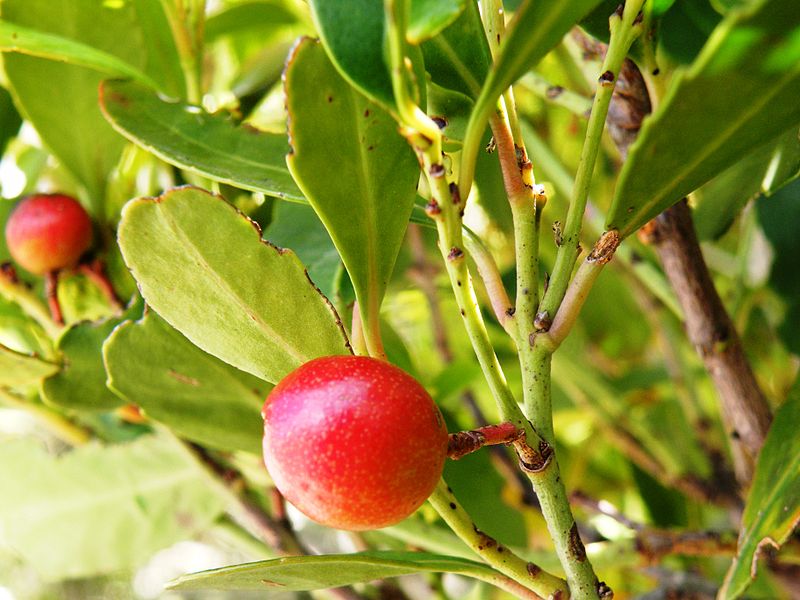
The genus Hartogia in the Celastraceae is published (1782) by Swedish botanist Carl Linnaeus the Younger and Hartogiella also in the Celastraceae is published (1983) by South African botanist Leslie Edward Wastell Codd.
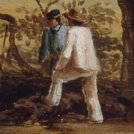
Johannes Hartog is also commemorated with the former taxon Mimetes hartogii, published (1810) by British botanist Robert Brown, and now synonymized to M. fimbriifolius. [CRC World Dictionary of Plant Names; Gunn and Codd].
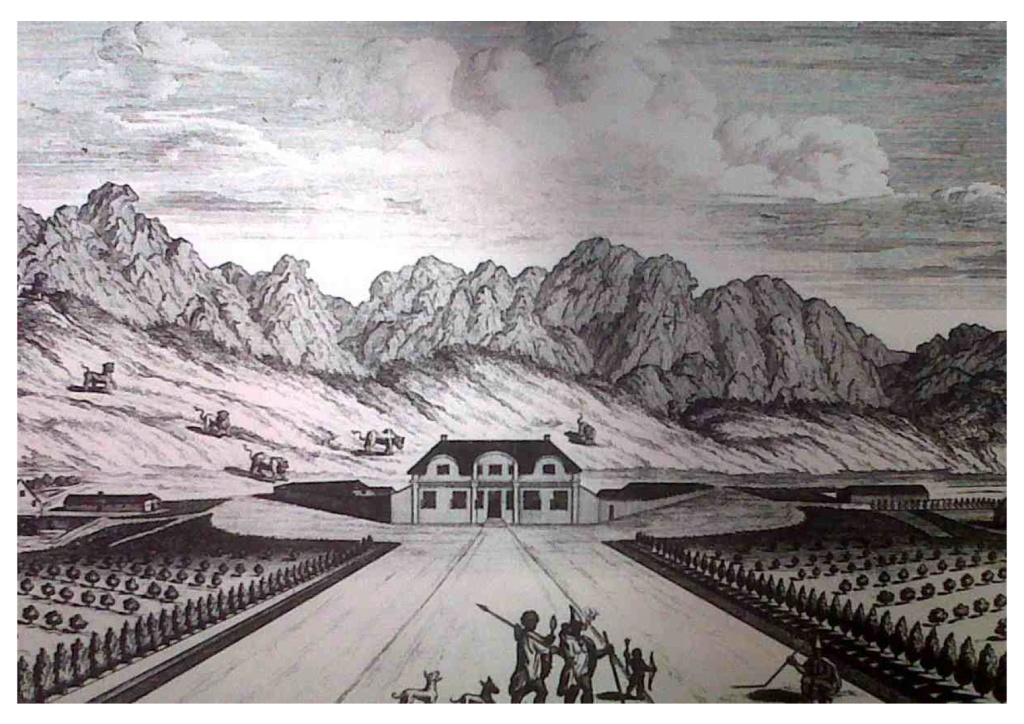
One of recalled Cape governor Willem Adriaan van der Stel’s acolytes, he is the man chiefly responsible for developing the gubernatorial estate Vergelegen at the Hottentots-Holland [present-day Somerset West in the Western Cape] and also planting the extant historic camphor trees there. During his time at the Cape of Good Hope, he undertakes a number of exploratory-cum-trade expeditions into the Cape interior (Namaqualand and the Overberg) on behalf of the Dutch East India Company (VOC). As superintendent of the Company Gardens and the Company’s Slave Lodge – and before furthering his career on Ceylon [Sri Lanka] and relocating to Dutch Guiana / Surinam where he dies (1722), he also fathers at least four illegitimate casties slave-born children by the Cape-born Eurafrican Company slave and later vrijborgeresse:
Jannetje van Wijk
daughter of the Cape-born freed halfslag [Eurafrican] Company Slave Lodge, Jannetje Bastiaeans: – daughter of the enslaved Abyssinian woman Koddo aka Cornelia Arabus van Abissina – by Willem van Wijk / Wyk (from Ingen, Gelderland) who is on record working in the Company Gardens before opting (6 April 1678) for free-burghership;
as well as one other illegitimate slave-born Eurafrican son by the Cape-born heelslag Company slave and Company Slave Lodge matron:
Ma(a)nda / Maende / Manda Gracia: (1679-1719)
daughter of the slave-born – but later freed (1701) Company Slave Lodge matron – Armozijn Claes: van de Caep aka Armozijn de Cleijne (1659-1733) and granddaughter of the enslaved Abyssinian woman Koddo aka Cornelia Arabus van Abusinna by the black African Jackje Joije van Angola aka Gracias: van Angola a private slave – but later freed (1672) by way of testamentary manumission following the death of his patron Hendrik Hendricksz: (from Sürwürden in the Duchy of Oldenburg), better known as Hendrik Snijer.
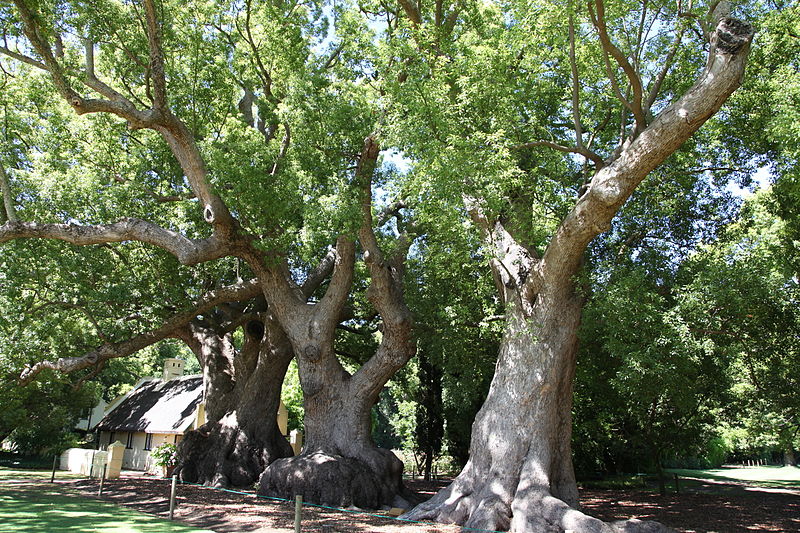
Paintings of some 24 kinds of Proteas are made by Hartog [or possibly also by his collaborator Heinrich Bernhard Oldenland (1663-1697)] and sent to Holland where they are brought to the attention of Herman Boerhaave (1668-1738), Director of the Hortus Botanicus of the University of Leiden, who transforms the paintings into engravings and prints them in his catalogue of plants (1720).
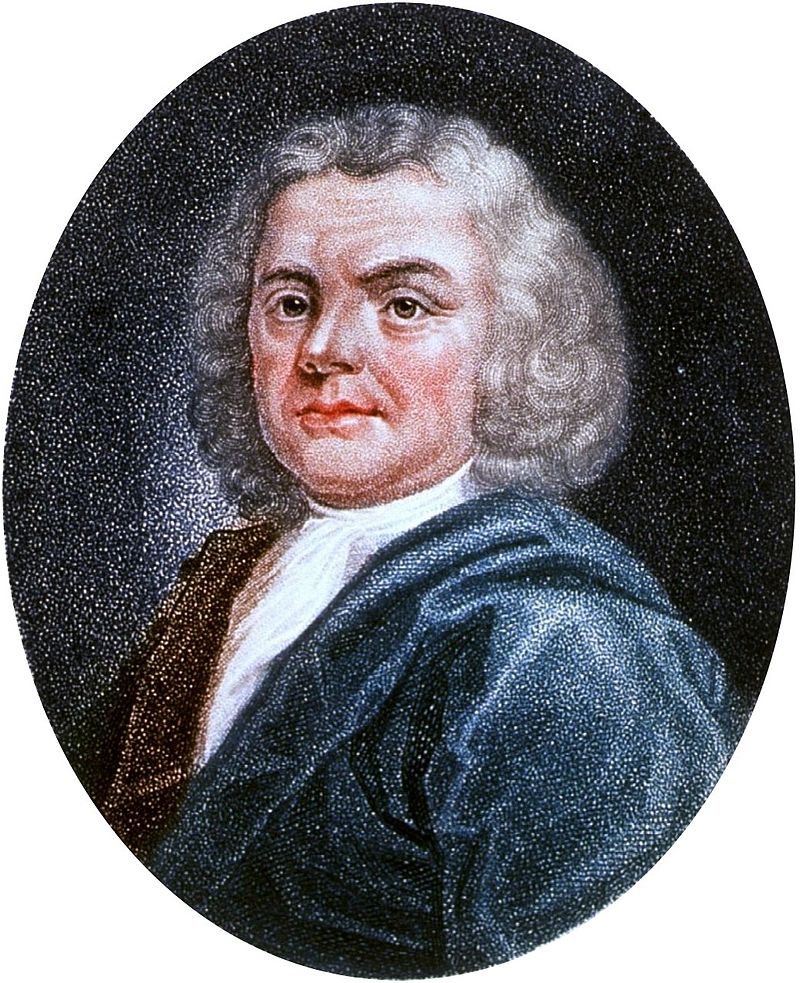
Herman Boerhaave (31 December 1668 – 23 September 1738) – Dutch botanist, chemist, Christian humanist, and physician – founder of clinical teaching, the modern academic hospital and dubbed the ‘father of physiology’ (along with Venetian physician Santorio Santorio (1561–1636). Introduces the quantitative approach into medicine and along with pupil Albrecht von Haller (1708–1777). Best known for demonstrating the relation of symptoms to lesions; 1st person to isolate the chemical urea from urine; 1st physician to put thermometer measurements to clinical practice. His motto is Simplex sigillum veri: ‘Simplicity is the sign of the truth’. Often hailed as the ‘Dutch Hippocrates
The Hortus Botanicus , however, does not wish to maintain a herbarium, so that the specimens come into the possession of Dutch botanist:
Nicolaas Laurens BURMAN (27 December 1734 – 11 September 1793)
Burman later authors Flora Indica (1768) which then includes an invaluable 33-page supplement on Cape flora.
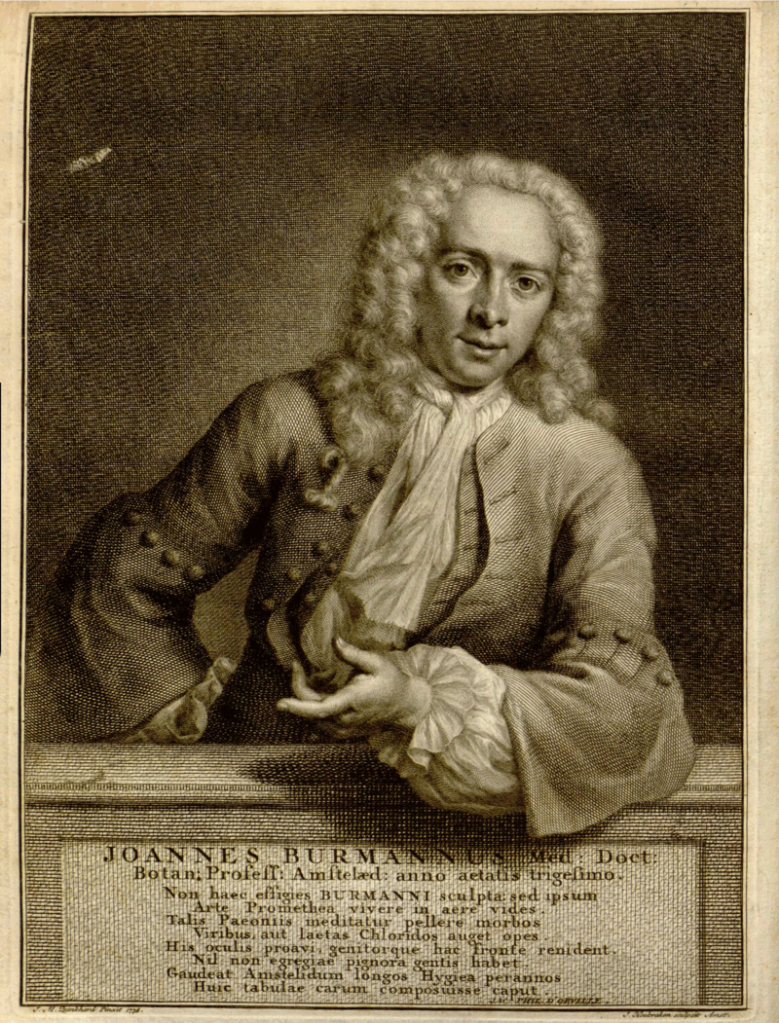
Son of Johannes Burman (1707-1780). He succeeds his father to the chair of Botany at the Athenaeum Illustre of Amsterdam, and at the Hortus Botanicus.
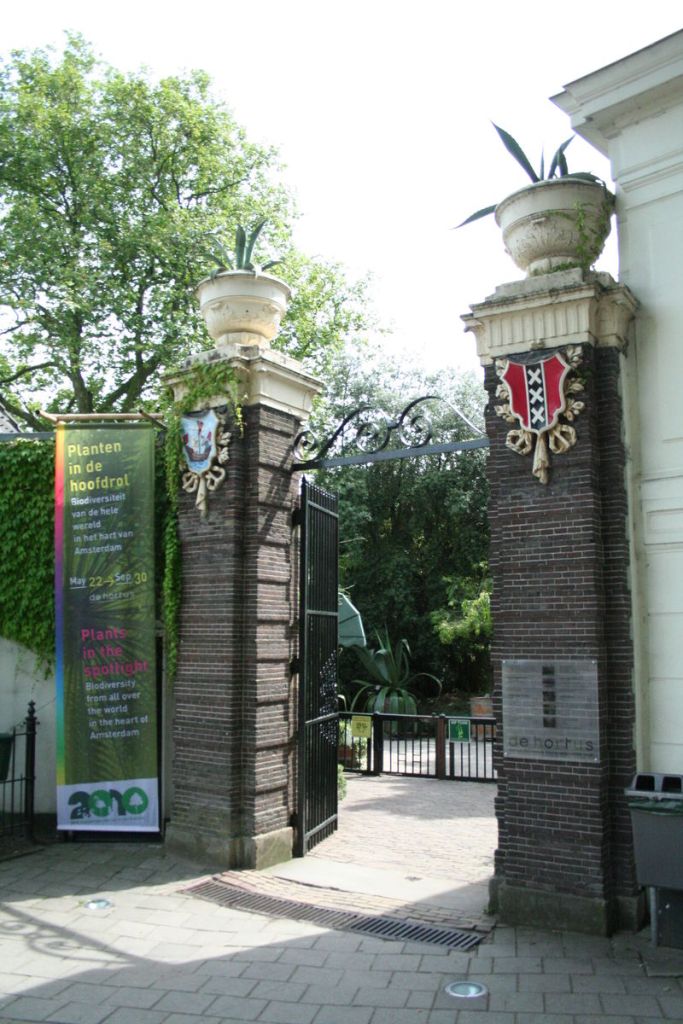
He continues corresponding with Swede Carl Linnaeus and joins him (1760) at the University of Uppsala.
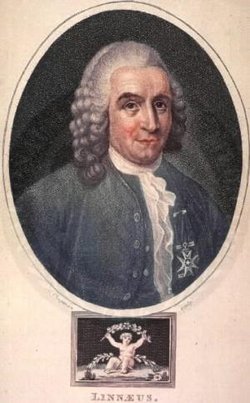
Carl Linnaeus / Carolus Linnæus (23 May 1707 – 10 January 1778) ak (post ennoblement 1761) Carolus a Linné / Carl von Linné – Swedish botanist, zoologist, and physician who formalizes binomial nomenclature (modern system of naming organisms) and known as the ‘father of modern taxonomy’
He is the uthor of numerous works, including Specimen botanicum de geraniis (1759) and Flora Indica (1768) later completed by Johann Gerhard Koenig (1728-1785).


[…] Dutch botanist Nicolaas Laurens BURMAN (1734-1793) & the fate of Cape Master-Gardener HartogR… […]
LikeLike